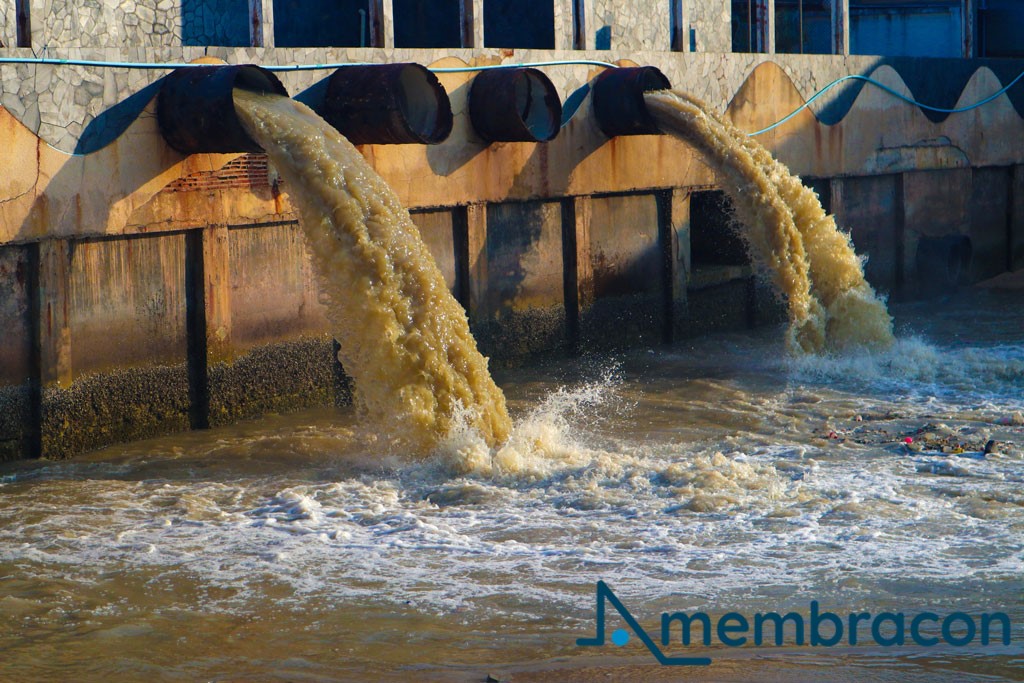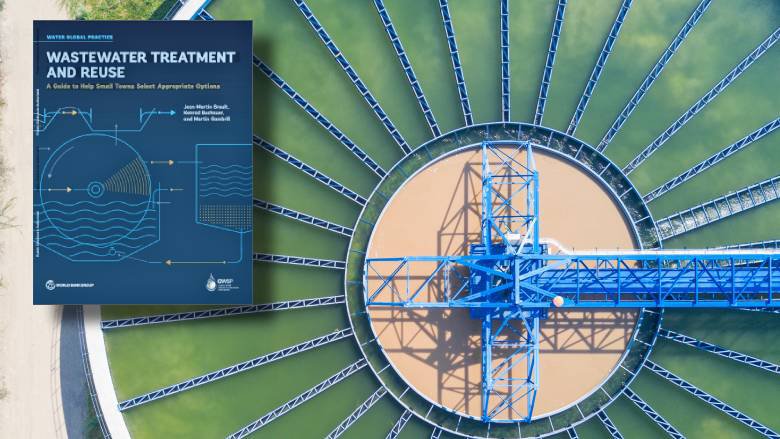Comprehensive Overview to Industrial Waste Water Treatment Procedures
Comprehensive Overview to Industrial Waste Water Treatment Procedures
Blog Article
Strategic Approaches to Improve Drainage Therapy Performance and Minimize Ecological Impact
In the world of drainage treatment, the mission for enhanced efficiency and reduced ecological influence is a continuous difficulty that requires tactical solutions. As culture comes to grips with the imperative to manage water resources sustainably, a nuanced strategy comes to be important. The integration of innovative treatment modern technologies, energy-efficient procedures, resource recovery techniques, boosted nutrient elimination techniques, and clever surveillance and control systems stands for a complex framework for attending to these pushing worries. What lies at the core of this complicated web of strategies is the prospective to transform the means we come close to waste water therapy, not simply as a process of disposal, however as a valuable possibility for technology and environmental stewardship.
Advanced Therapy Technologies
Advanced membrane purification systems have actually changed advanced wastewater treatment processes, substantially boosting the removal of pollutants. This modern technology has actually confirmed to be extremely effective in eliminating a broad variety of impurities, including pharmaceuticals, hefty metals, and natural substances, which are typically challenging to remove via traditional treatment methods.
Additionally, membrane filtering systems offer countless advantages over standard treatment methods. They need less room, create higher-quality effluent, and are extra resistant to changes in influent water high quality. Furthermore, these systems are highly functional and can be easily incorporated into existing therapy plants or used as standalone units for decentralized applications. As the demand for tidy water remains to climb, the adoption of advanced membrane purification technologies is necessary to ensure lasting and efficient wastewater treatment methods.
Energy-Efficient Procedures
The integration of energy-efficient procedures in wastewater therapy systems is crucial for optimizing source utilization and lowering operational expenses. By carrying out energy-efficient innovations, treatment plants can substantially reduce their carbon impact and total ecological effect. One essential method to improving energy effectiveness in wastewater treatment is the application of advanced aeration systems, such as great bubble diffusers or surface area aerators, which can boost oxygen transfer efficiency and decrease power intake. Furthermore, including power healing systems, like anaerobic food digestion for biogas production or making use of excess warmth for thermal processes, can assist counter power needs and advertise sustainability.
Moreover, optimizing process control and automation with using sophisticated sensing units and keeping track of systems can improve general energy performance by adjusting operations in real-time based upon real demand and problems. Executing power audits and regularly checking energy performance indications are vital practices to determine locations for improvement and track energy-saving initiatives effectively. Overall, the adoption of energy-efficient procedures in wastewater therapy not only profits the setting but likewise adds to lasting cost savings and functional sustainability.
Resource Recuperation Approaches
With a focus on maximizing resource application and sustainability in wastewater treatment systems, the execution of resource recuperation approaches becomes a pivotal facet in boosting operational efficiency. Resource recuperation approaches in wastewater treatment include the recognition and removal of important resources from the waste stream, thus turning what was when considered waste into an important property. By applying resource recovery techniques such as nutrient removal and recovery, energy generation from raw material, and the manufacturing of recyclable water, wastewater treatment plants can decrease ecological effect while taking full advantage of performance.

Improved Nutrient Removal Techniques
Executing sophisticated nutrient removal strategies is vital for maximizing the performance of wastewater treatment systems. Boosted nutrient removal plays a critical function in minimizing the ecological impact of cured effluent discharged into water bodies. One of the essential techniques used for improved nutrient removal is the process of organic nutrient elimination (BNR), which involves the removal of nitrogen and phosphorus through organic processes. This can be achieved through making use of specialized microorganisms that can convert nitrogen compounds right into inert nitrogen gas through denitrification, and build up phosphorus within their cells with a process called boosted biological phosphorus removal (EBPR)

Along with BNR, progressed treatment methods such as membrane bioreactors (MBRs) and created marshes can also be employed to enhance nutrient removal performance. MBRs use membranes to attain premium effluent standards by successfully removing nutrients and put on hold solids. Built marshes imitate natural wetland procedures to remove nutrients via plant uptake, microbial task, and sedimentation. By integrating these advanced nutrient removal strategies right into wastewater therapy industries, systems and towns can properly decrease nutrient air pollution and secure the atmosphere.
Smart Surveillance and Control Equipment
Using innovative technology, the assimilation of smart monitoring and control systems revolutionizes the operational effectiveness of wastewater treatment facilities. These systems incorporate sophisticated sensors and information analytics to continually monitor key specifications such as pH degrees, turbidity, liquified oxygen, and flow prices in real-time. By gathering and examining this data, operators can get beneficial understandings into the efficiency of the therapy processes, enabling positive changes to enhance therapy efficiency.
Smart tracking and control systems likewise sustain remote monitoring abilities, permitting drivers to access real-time data and control functions from off-site areas. This remote access enhances operational adaptability and responsiveness, enabling speedy interventions in situation of system malfunctions or variations in influent quality. Moreover, the anticipating maintenance abilities of these systems assist stop devices failures and decrease downtime, ultimately enhancing the total integrity of wastewater treatment operations (Waste Water Treatment).
Final Thought
In conclusion, strategic approaches such as innovative therapy modern technologies, energy-efficient procedures, source recuperation methods, enhanced nutrient elimination methods, and clever surveillance and control systems play an important duty in enhancing wastewater therapy performance and lessening environmental impact. By carrying out these strategies, wastewater treatment plants can click here to read enhance their general performance, reduce energy consumption, recuperate useful resources, and make certain conformity with ecological guidelines. These methods are crucial for sustainable and reliable wastewater monitoring methods.

In final thought, calculated approaches such as advanced treatment technologies, energy-efficient processes, source healing strategies, enhanced nutrient removal techniques, and wise monitoring and control systems play an essential duty in improving wastewater therapy efficiency and lessening ecological impact.
Report this page